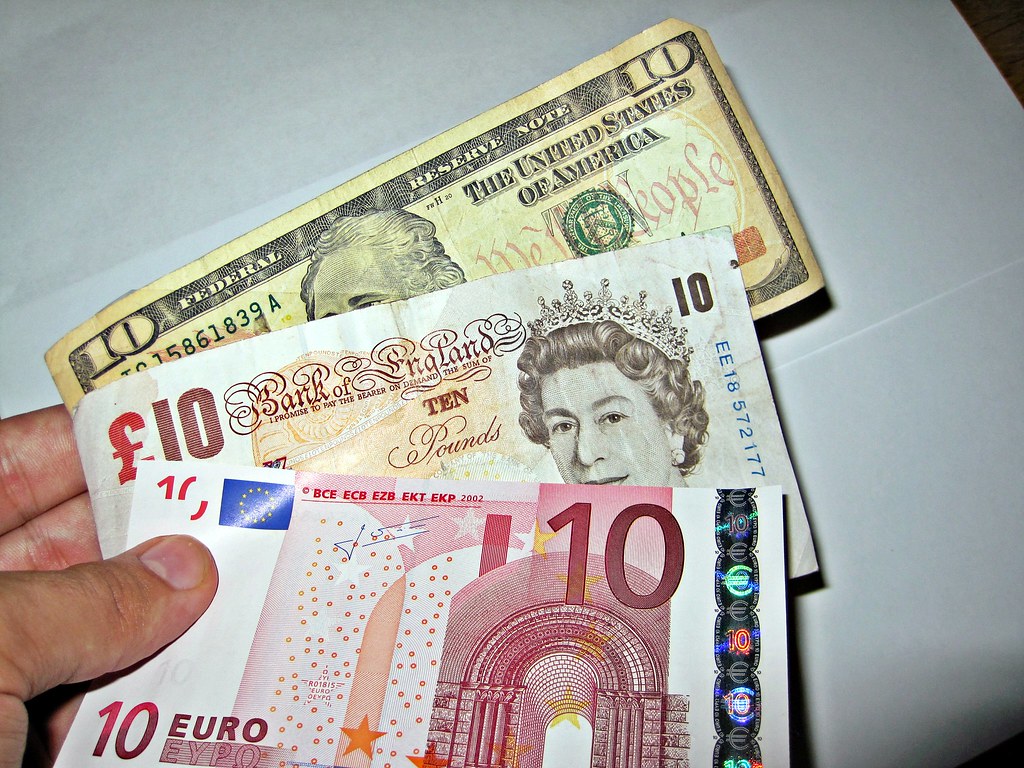
If you’ve been paying any attention to the currency market you’ve probably noticed that exchange rates have been particularly volatile in recent weeks.
But is this trend likely to persist in the coming months? And what should you expect out of the main European currencies this year?
GBP: Brexit and beyond
If you’re sick to death of hearing about Brexit you’re not alone – but you’re also not likely to escape it any time soon.
When it comes to the pound, Brexit is still the be all and end all for investors, and all the drama has prompted some dramatic swings in Sterling so far in 2019.
Fortunately for me (and anyone else trying to keep track of Sterling) this heightened volatility eased off after the UK was granted a six-month extension to the Brexit deadline.
However, while the immediate risk of the UK crashing out of the EU without a deal has been sidestepped, demand for the pound remains limited thanks to the swirling clouds of uncertainty that still hang over the whole Brexit process.
The fear is that, despite a six-month stay of execution, parliament is still at risk of sleep-walking into another crisis unless a viable deal can be reached in the near future.
On top of this, the prolonged uncertainty will continue having a negative impact on business investment in the UK and is likely to paralyse Bank of England monetary policy for the remainder of the year.
That being said, recent data has indicated that the UK economy may prove more resilient this year than initially thought. If that remains the case the pound could benefit.
EUR: The ECB and a slowing Eurozone economy
While Brexit is also influencing the euro, the European Central Bank (ECB) and its increasingly cautious outlook for the Eurozone economy in 2019 has been far more impactful on EUR exchange rates.
The ECB has been pursuing an unconventional monetary stimulus policy since 2014 in an effort to tackle stubbornly low inflation and boost growth in the bloc.
However, the ECB just can’t seem to kick its stimulus habit, with the central bank recently announcing that interest rates will remain at a record low of 0% until 2020, if not beyond.
This comes at a time when other central banks have begun to raise interest rates, and this divergence in monetary policy has left the euro weaker against currencies like the US dollar.
Furthermore, there are signs that (despite the ECB’s best efforts) economic conditions in the Eurozone are deteriorating.
Unless there is evidence of a turnaround in the months ahead the euro may struggle to shine over the rest of 2019.
SEK, NOK and the influence of USD
If we look to other European currencies we find that the Swedish krona is currently experiencing its worst slump in a decade, with investors betting that the Swedish Central Bank will leave interest rates below zero this year.
The Norwegian krone, meanwhile, is having a slightly better 2019 thanks to a sustained upswing in oil prices.
Finally, while obviously not a European currency, it’s always worth mentioning the US dollar and how the world’s reserve currency can influence the rest of the market, with both the pound and euro potentially being spurred higher this year if USD begins to lose out due to a more cautious approach to monetary policy from the US Federal Reserve.
Ultimately while the outlook for most European currencies appears gloomy this year it’s worth remembering the future is far from certain and (in the world of currency) anything could happen!
 By Phil McHugh – Chief Market Analyst, Currencies Direct
By Phil McHugh – Chief Market Analyst, Currencies Direct



